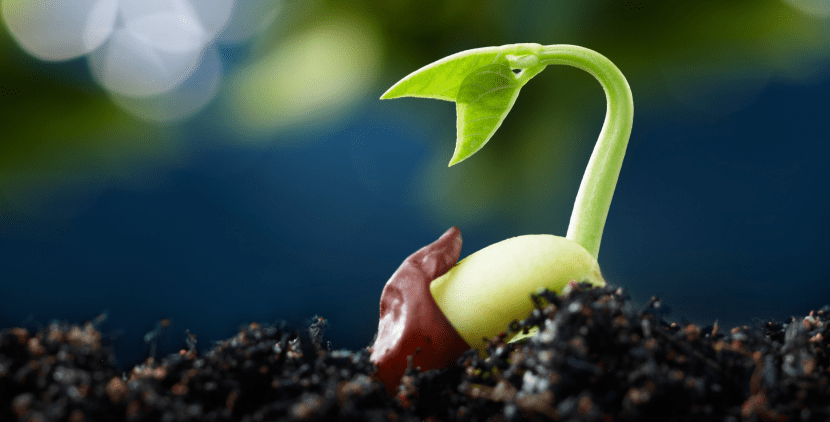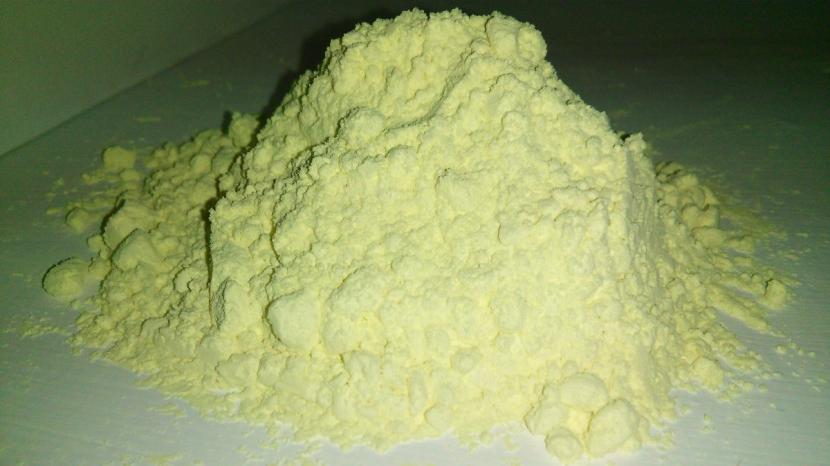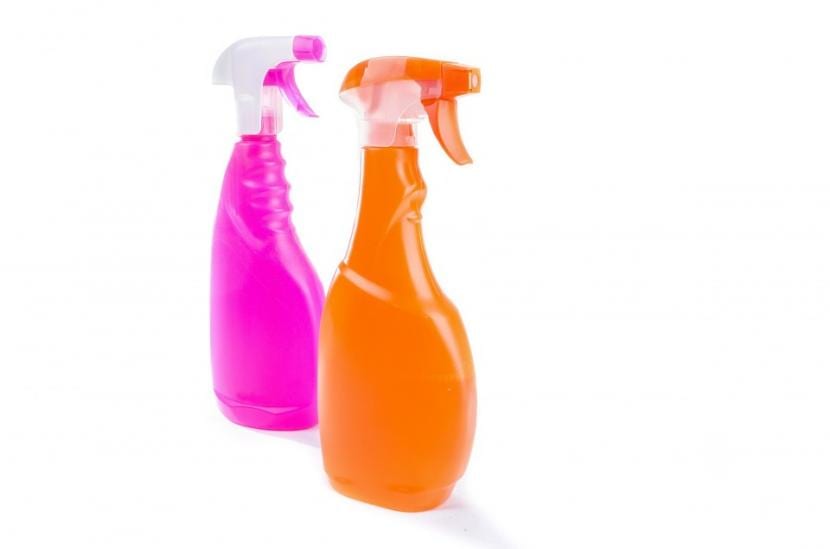
La sowing it is a very enriching experience. From her you can learn a lot about nature, and about how, despite the dangers that threaten young plants, they do everything possible to keep going. In this sense, plants and the rest of living beings - including us - are very similar, since we also have to face a series of problems that will strengthen us.
But of course, if we help them a little ... well, better, right? This way we will have a greater number of them. So lets see how to protect newly germinated seeds.
Fungus prevention

Powdered sulfur
If there is an enemy that is always on the lookout and that can destroy the illusion of every gardener, it is the mushroom. They are very difficult to eradicate, to the point that the best cure is prevention, and more when it comes to seeds that have just germinated. They are plants that are still very weak, and any mistake in cultivation can be fatal.
Fortunately, we have fungicides, which we can find in nurseries, garden stores, and even agricultural warehouses. Broadly speaking, liquids are distinguished, and those that are like dust, such as sulfur or copper. Any of them well used, that is, applied according to the manufacturer's instructions, will help keep these fungal companions away.
Looking for the ideal location
The seeds that have just germinated are very sensitive to changes in location, so if they have germinated in the shade and we pass them directly to the sun, they will immediately burn. In addition, they can also be affected if we had them indoors and we took them out to the patio.
To avoid risks, you have to get used to their new location little by little. This location will be different if the species are, say for example, Acer palmatum, who prefers to be in a shaded exhibition, or ficus carica, which instead needs to be in full sun. Thus, for 15-30 days we must leave the newly germinated seeds more and more time in their new place, starting for an hour in the morning, and increase the time at a rate of 1-2 hours.
Irrigation precautions

We cannot deny it: who has managed to control irrigation completely? Not all climatic years are the same, so it is impossible to know how much water plants need. Still, we can get an idea if we check the humidity of the substrate: If we put a wooden stick in the pot and, when we remove it, it comes out practically clean, then we will have to water. But what do we use for it? Watering can or sprayer? Depends.
If we have used a porous substrate, such as perlite, akadama, etc., it is more advisable to use the sprayer; On the other hand, if the seeds are in peat, we will proceed to water with a watering can or, if we prefer, with a water bottle to which we will have made some holes in the cap.
With these methods to protect newly germinated seeds, they will all succeed 🙂.
Hello: As I fight the plague of the cochiniya in the santa rita, I sprinkled it with glucosan several times and with white vinagree with water at 50% and no swe va.Thank you
Hi carlos.
We therefore recommend purchasing an anti-mealybug insecticide. When natural remedies don't work, it's a good idea to use chemicals. Of course, follow the instructions specified on the package.
Greetings.
Excellent article.
We are very happy to know that it has been of interest to you 🙂